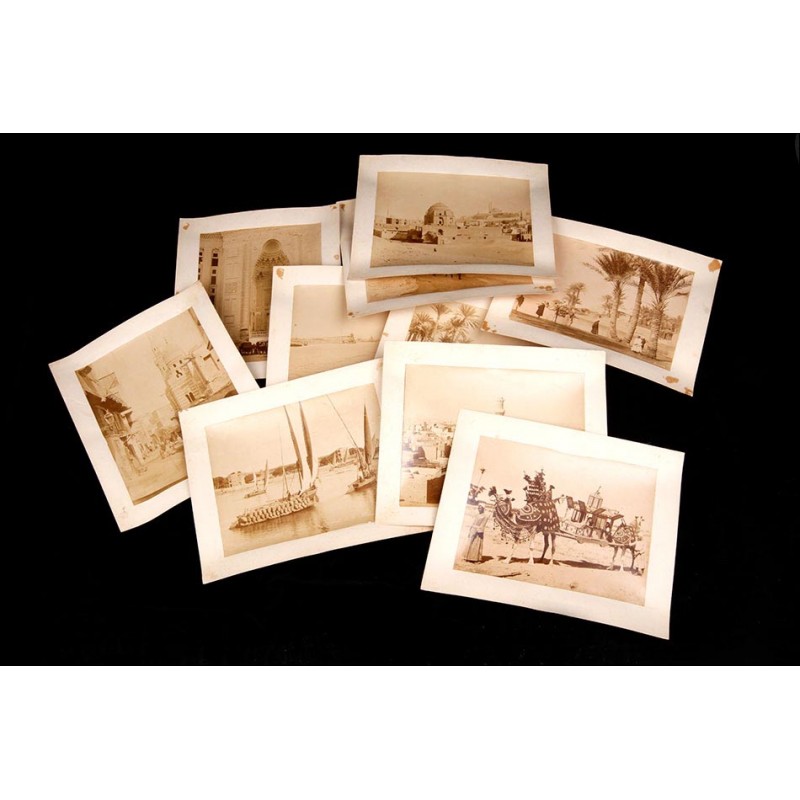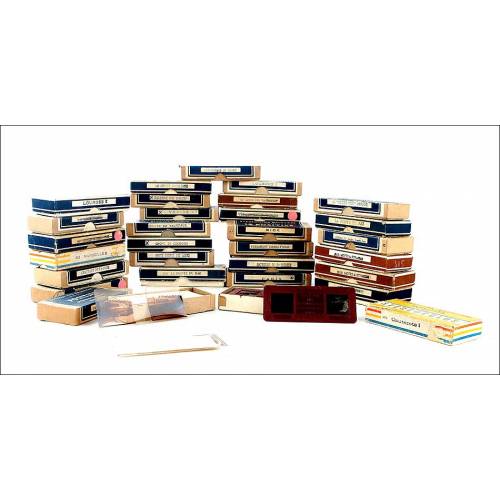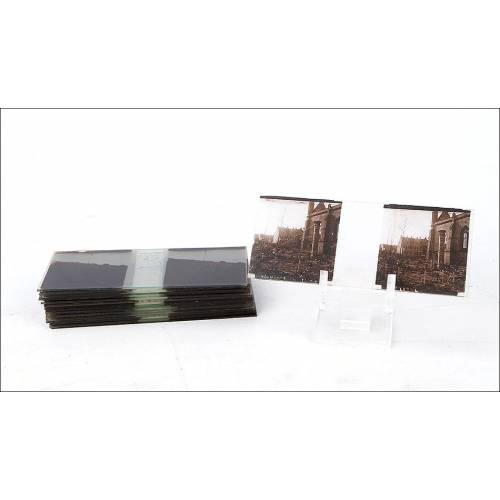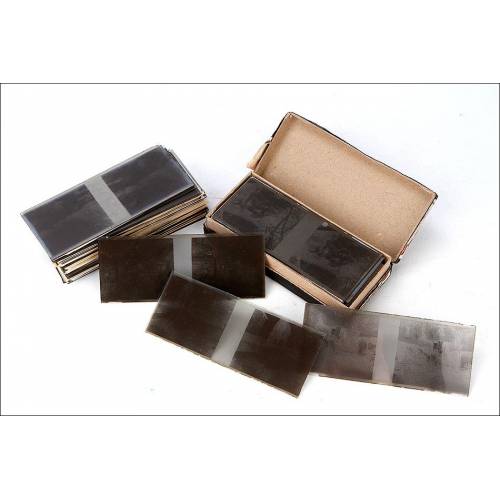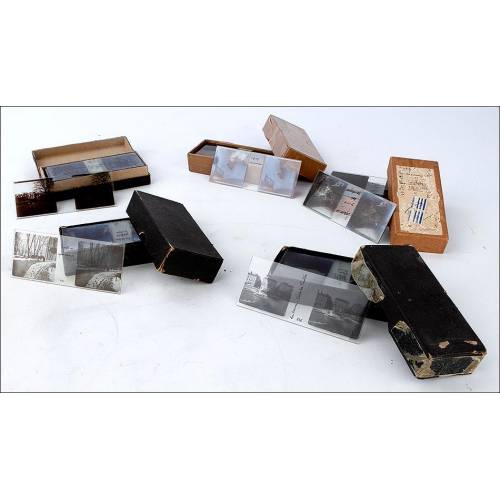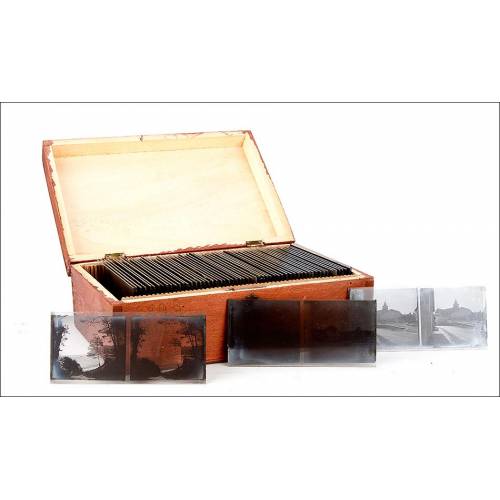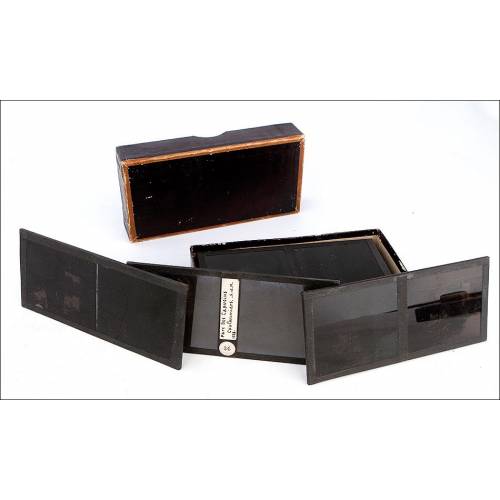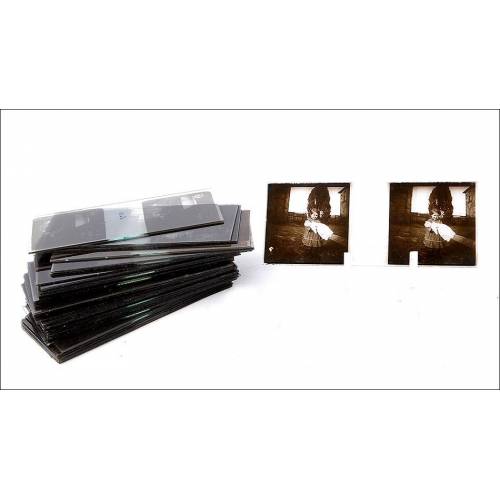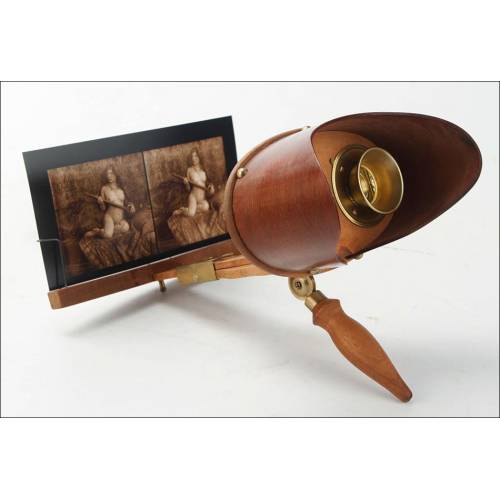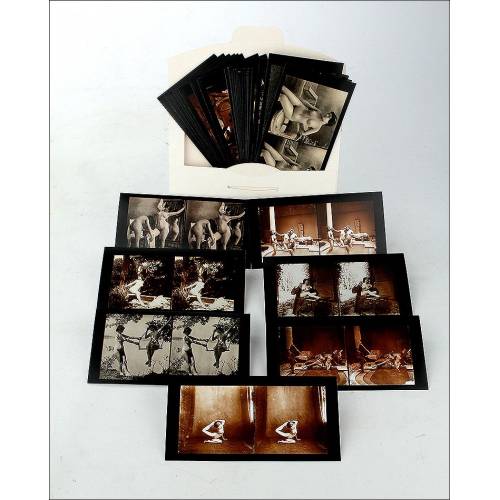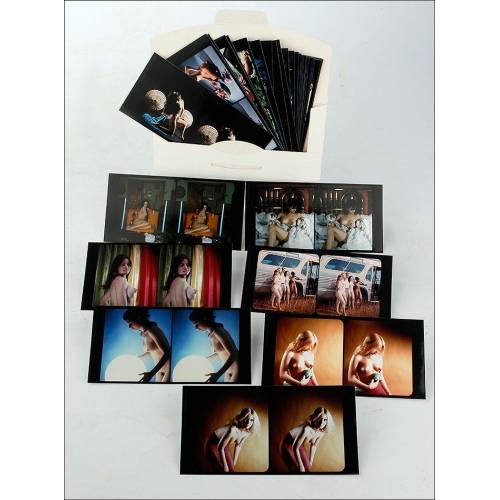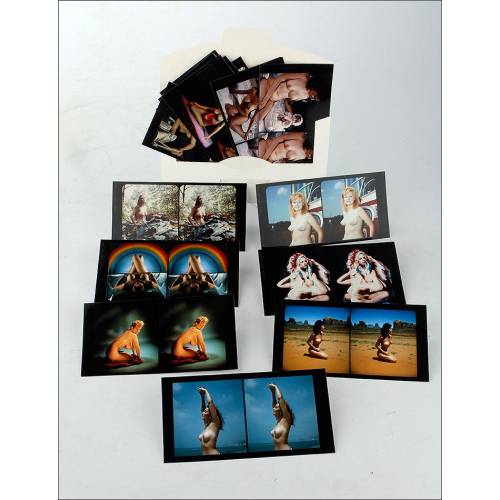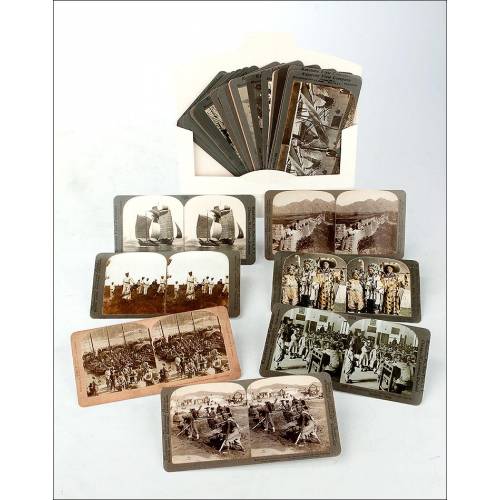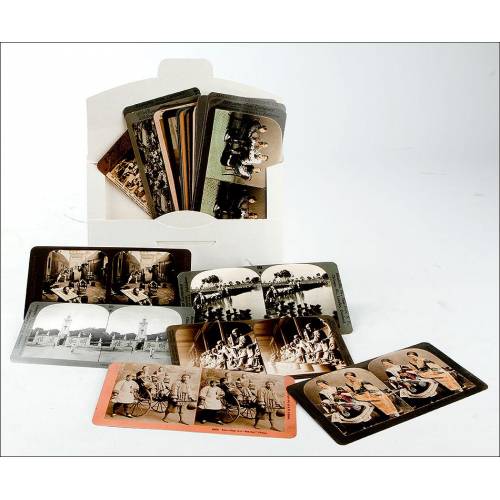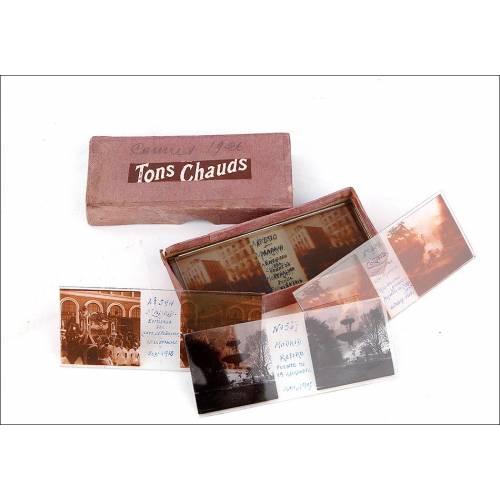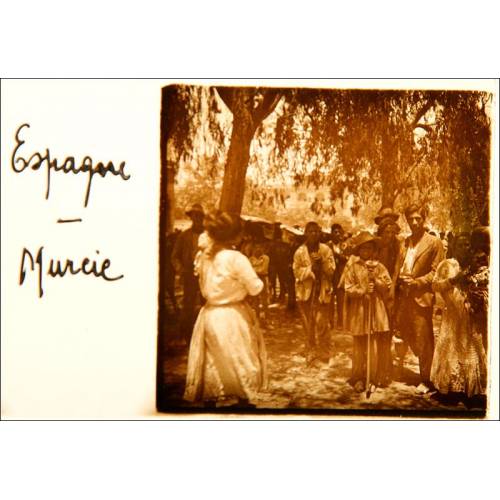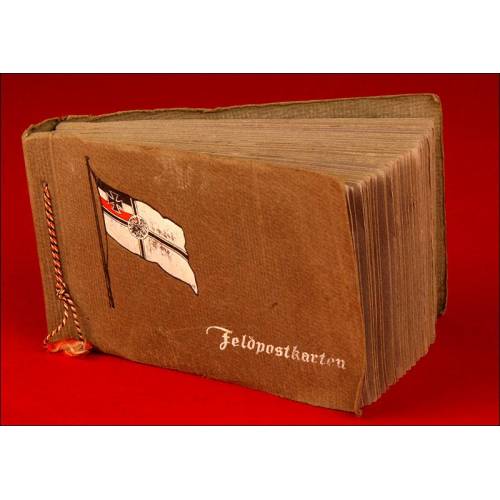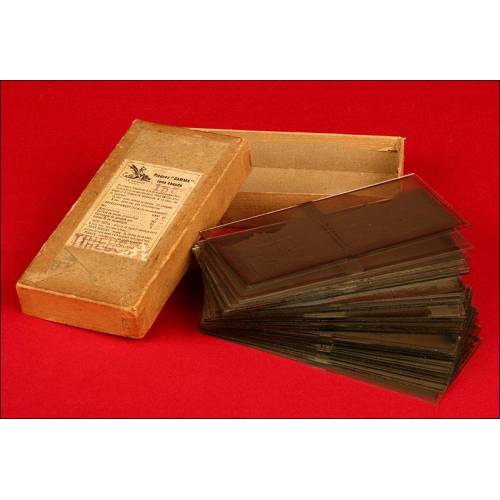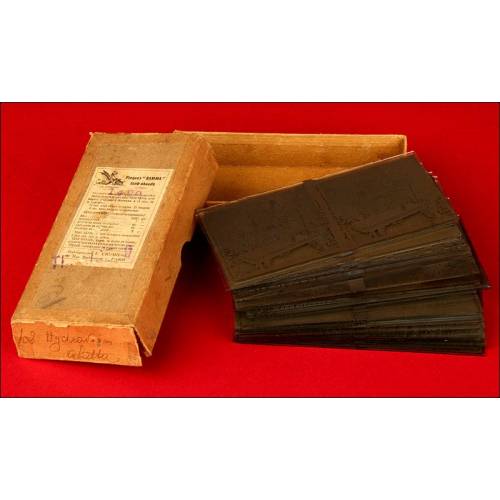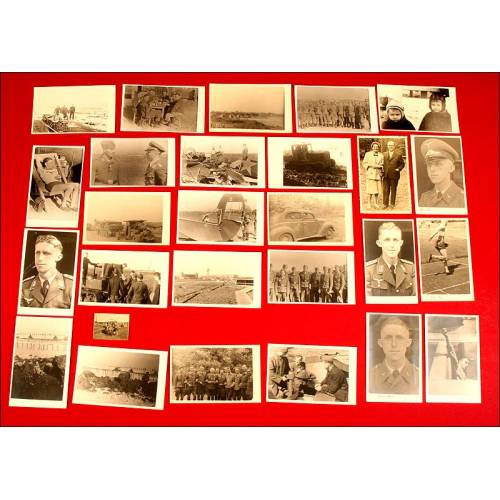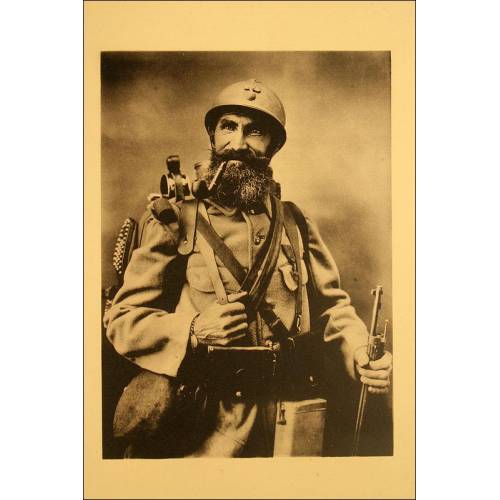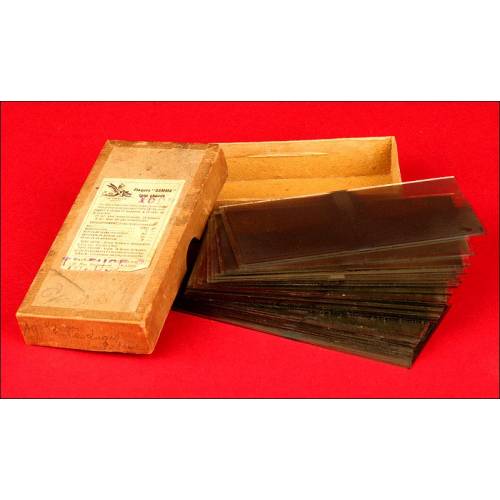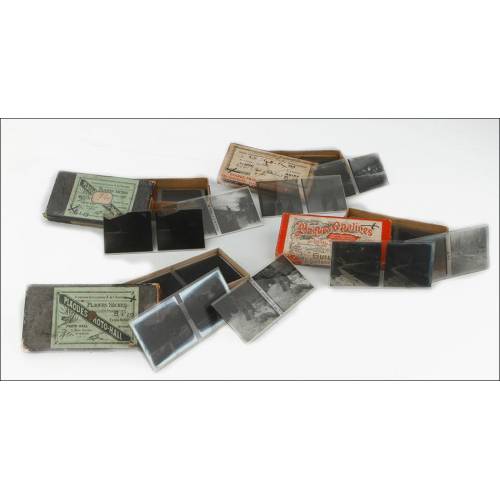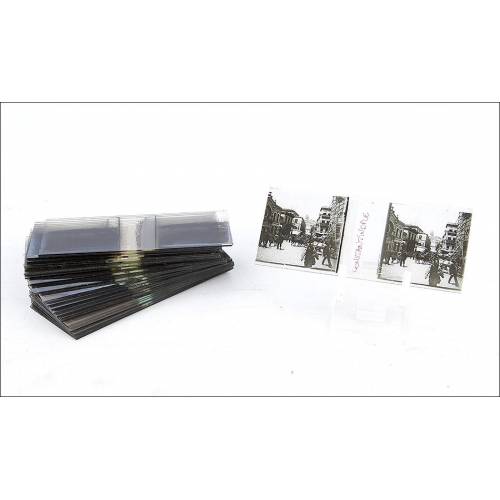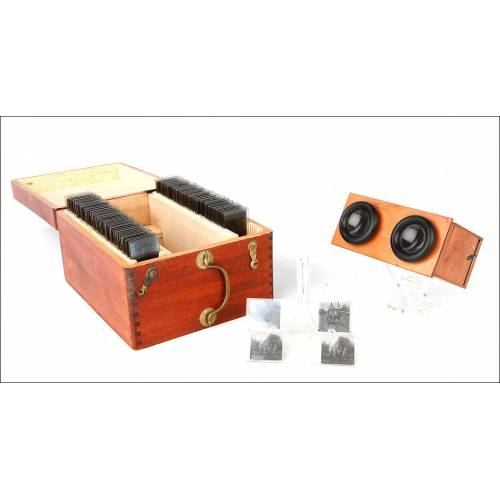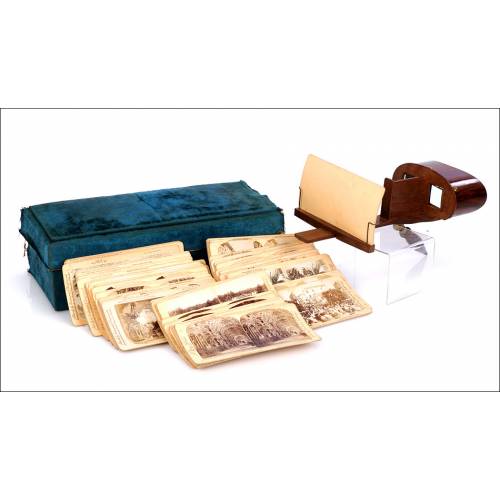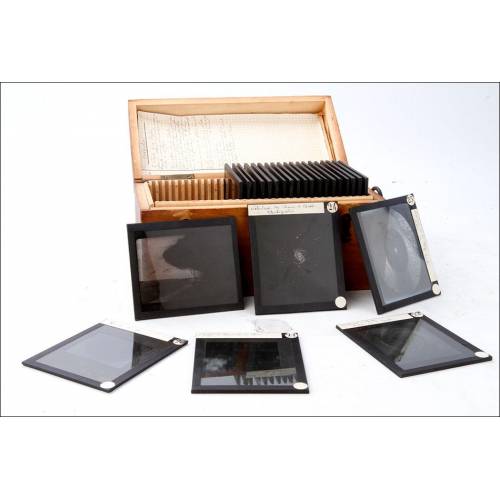B-718
Fantastic Collection of 10 Antique Photographs of the Zangaki Bros. Egypt, 1890
Collection of 10 antique photographs with scenes from Egypt by the Zangaki Bros.
Sold!
Lovely collection of 10 antique photographs by the Zangatti Brothers, original ancient copies depicting images of Egypt in fine sepia tones. The photographs are albumen-printed copies and boasts an uncommon evocative power. They are numbered and labeled in the negative with French inscriptions describing the images. The photos are in good conditions. These photos were developed by the Zangaki brothers, two Greek photographers specialized in historic and Egyptian images who worked between 1870 and 1890. They became renowned for the albums that they sold to the tourists. On the other hand, the albumen-printed photographs were quite common in the second half of the 19th century. This method of producing a photographic print on paper from a negative was invented by Blanquart Evrard in 1850. He used egg whites (with a high albumen content) to soak white paper, adding potassium bromide to the solution. Once soaked, the paper would be immersed in a silver nitrate solution and let dry. When dry, the glass negative was put in contact with the paper and under the sunlight until the image appeared. The great definition of the photographs that we can see in these images is a good proof of the quality of the copies obtained in this process, an artisanal technique full of charm and ingenuity. All the lovers of antique photography will appreciate the beauty and authenticity of these landscapes of the 19th-Century Egypt. Measurements: Width: 11.2 in / 28.5 cm. Height: 8.6 in / 22 cm.

